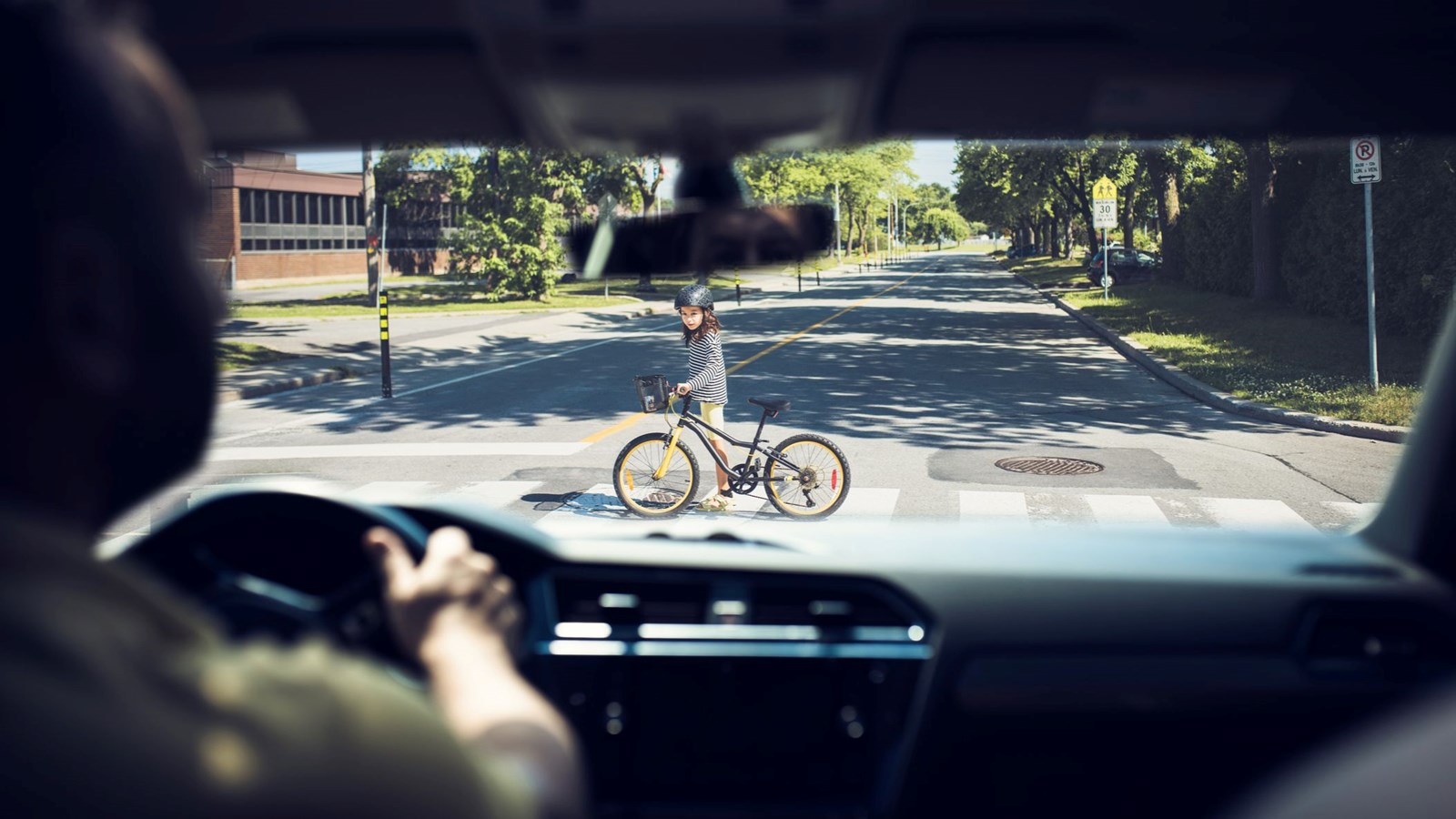Driver and pedestrian tips to stay safe around school zones
 Image via iStock
Image via iStock
As students and staff return to school, Surrey Schools reminds the community to be alert and exercise caution when it comes to driver and pedestrian safety around schools.
In B.C., three children are killed and 402 are injured in crashes while walking and cycling each year. It is important to be aware of your surroundings at all times and practise the following safety tips when travelling around schools:
Drivers:
Stick to the speed limit: School zones are in effect, meaning speed limits are 30 km/h from 8 a.m. to 5 p.m. every school day, unless otherwise posted. In playground zones, a 30 km/h speed limit is in effect every day (including weekends) from dawn to dusk.
Avoid distractions and leave your phone alone: Drivers are 3.6 times more likely to get into an accident when using their phones. It is illegal to use handheld devices when driving in B.C., and drivers with their L or N are not allowed to make use of electronic devices, even with a hands-free system.
Scan crosswalks and intersections as you approach: Look left to right when approaching any pedestrian crossings and watch for people waiting to cross.
Pay attention to what other drivers are doing: If a vehicle is stopped in front of you or in the lane next to you, they may be yielding to a pedestrian, so proceed with caution and be prepared to stop.
Give yourself enough time to stop suddenly: The faster you’re driving, the more time it takes to come to a stop. Ensure you have time to react if children or others are crossing the road by driving slowly and paying close attention to your surroundings.
Watch for school buses: When their lights are flashing, vehicles approaching from both directions must stop.
Before starting your car, check for small children hidden from your view: Walk around your car before starting to drive and always look carefully for pedestrians before backing up.
Look for signs of kids playing in residential areas: Toys and equipment such as hockey nets may be an indication of kids playing. Slow down and watch for children as they could run into the street at any moment.
Help pedestrians see you better: Ensure your headlights, brakelights and turn signals are clear, visible and in good working condition at all times.
Pedestrians:
Cross only at marked or controlled crosswalks: Do not jaywalk or cross the street when it isn’t your turn.
Look both ways before crossing the street: Ensure it is safe to cross from both directions of traffic before setting foot in the crosswalk.
Make eye contact with approaching drivers: Before you enter a crosswalk, make eye contact with any oncoming drivers to ensure they’ve noticed you and are committed to stopping.
Ensure crosswalk and crossing lights and signals are working: Look up to ensure any flashing lights and/or signals at your crossing are working before you step onto the street.
Remove headphones and ear buds: Ensuring you can hear clearly makes you more aware of your surroundings on the road.
Wait until the crossing guard tells you to cross: If your school has a crossing guard, follow their instructions before crossing – they will make sure it’s safe before guiding you across.
Parents:
Teach your child pedestrian safety, including how to safely:
- cross the street: Stop at the curb, look both ways, make eye contact with drivers before crossing and keep scanning for approaching vehicles.
- walk alongside traffic: Take the inside edge of the sidewalk away from the road to keep distance from traffic. In cases where there isn’t a sidewalk, walk facing oncoming traffic to see approaching vehicles and make eye contact with drivers.
- stay focused on their surroundings: Whether walking, cycling or riding a scooter, listen for traffic and scan for approaching vehicles.
Set a good example: Children learn from their parents – cross at intersections with a pedestrian crossing light or marked crosswalk, where possible, and avoid taking shortcuts through parking lots where it’s harder for drivers to see small children.
Have your children enter and exit the vehicle on the side closest to the sidewalk: It is safest to drop off and pick up your child as close to the sidewalk as possible. Do not have your child exit the car into a traffic lane or cross the street mid-block.
Wear bright clothing and reflective gear: If your child will be outside at night or in poor weather, ensure they wear clothing that is more visible to drivers.
Discourage play near or on railways: Only cross railway tracks at designated signals and watch your step.
For more information on driver and pedestrian safety, see ICBC’s page on Road Safety and the Surrey Schools safety sheet on school parking and traffic safety.
Wishing you a safe return to school!

